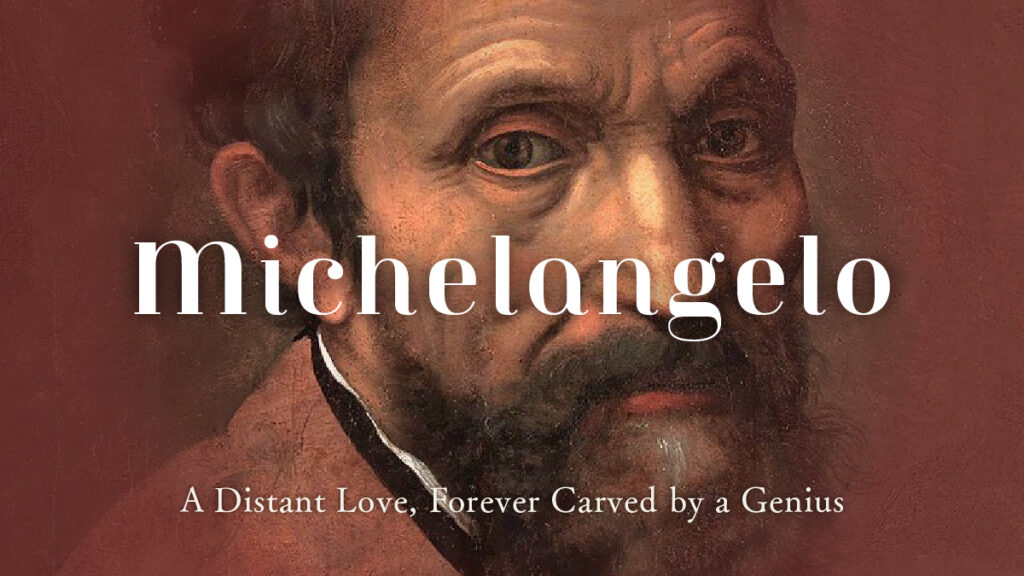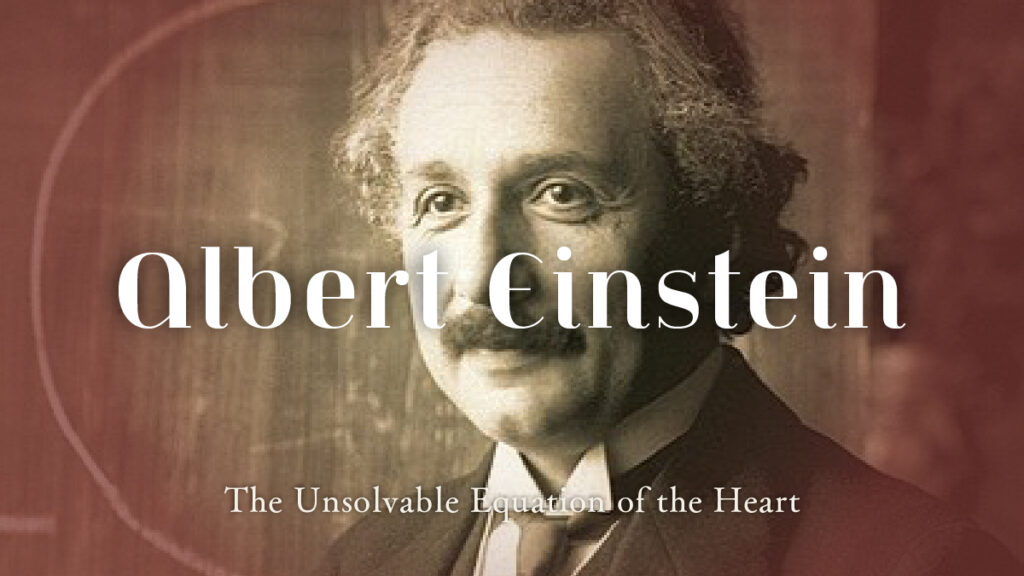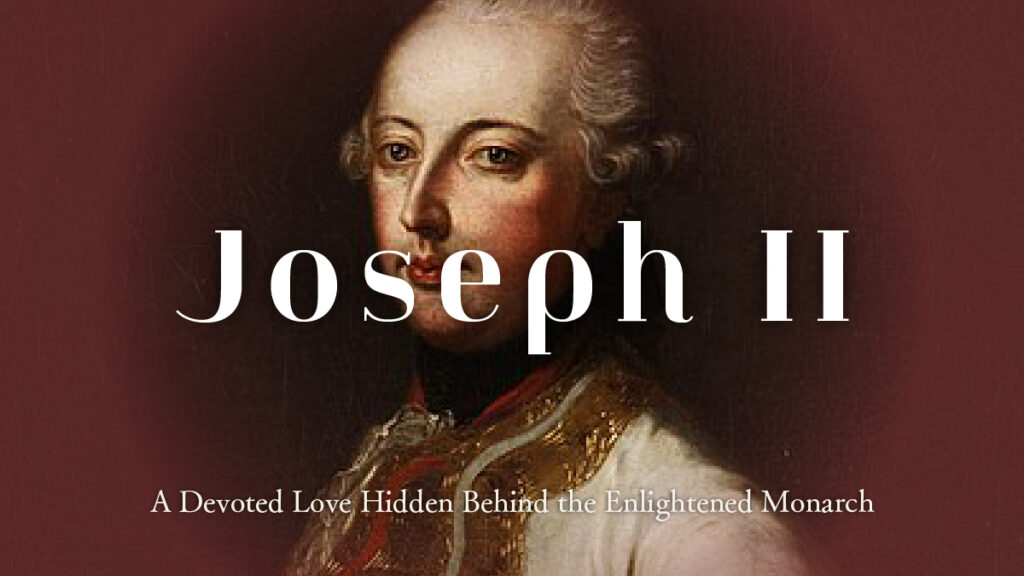Martin Luther’s View of Love|What Truth Did the Reformer Find Between Faith and Love?
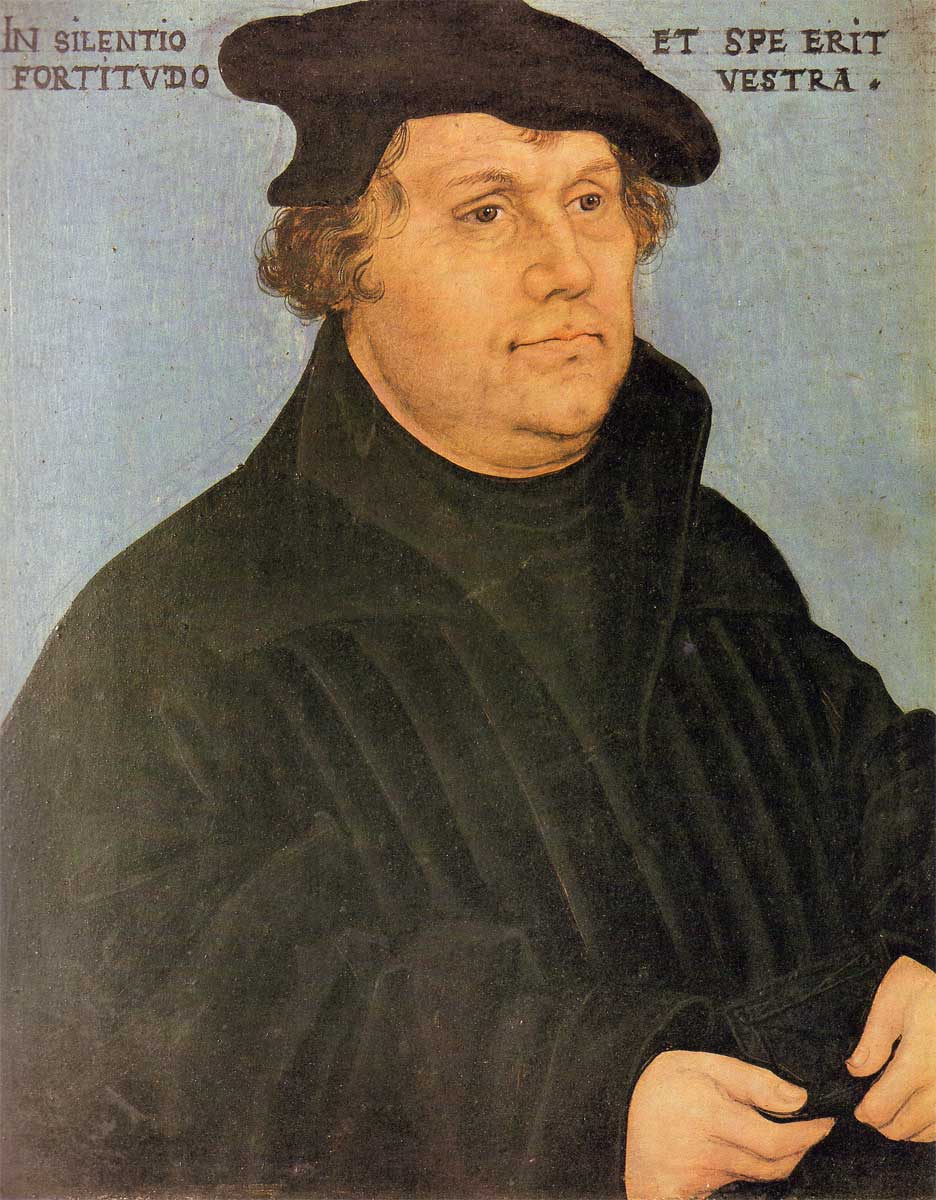
In the 15th century, a man rose to challenge the authority of the papacy, stirring a storm of reformation that reshaped the very nature of faith in Europe — Martin Luther.
Yet within his life lay another kind of “revolution.”
He renounced his vows as a monk and chose instead to share his life with the woman he loved.
In this article, we cast light on Martin Luther’s view of love —
exploring the form of affection that bloomed between God and humankind.
In Silence and Prayer
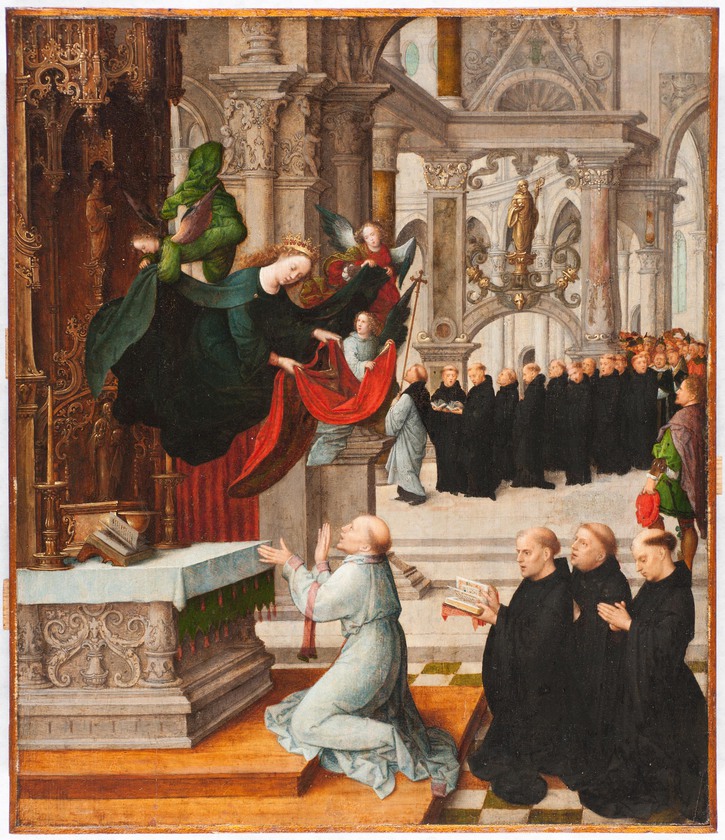
Listening for the Voice of God
Luther was born in 1483 in Eisleben, within the Holy Roman Empire.
In those days, love and marriage belonged to separate worlds.
For nobles and commoners alike, marriage was a union of families,
and romantic love played out in poems and gossip—not in reality.
The idea of “falling in love and then marrying” was still far from common thought.
Even among ordinary people, parents or communities chose one’s spouse.
The couple simply accepted it.
In monastic life, love and sexuality were seen as enemies of the soul—obstacles to divine devotion.
As a young man, after surviving a lightning strike, Luther vowed to become a monk and entered the Augustinian order.
From there, he immersed himself in scripture and theology, living a life of study and religious discipline.
At that time, he had renounced the secular world and kept even physical desires at a distance.
To him, love meant love for God.
A woman’s presence was temptation—a test to be overcome.
In matters of romance, he was, in a sense, “sterile.”
Only God’s Word stirred his soul.
But his faith would soon lead him into direct conflict with the Catholic Church.
The Reformation of the Heart
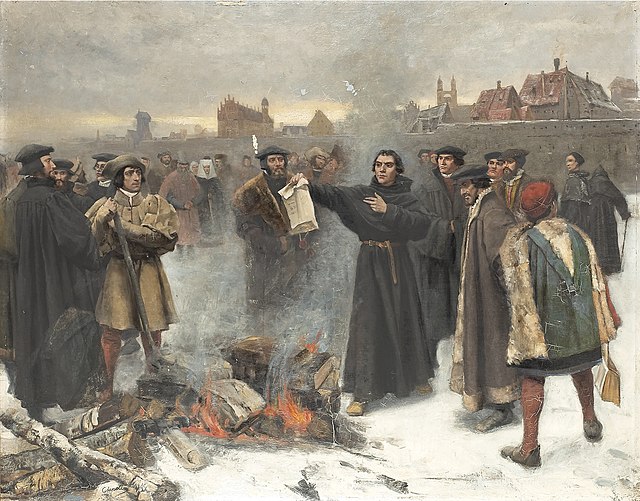
The Freedom to Break a Vow
In 1517, Luther nailed his Ninety-Five Theses to the church door at Wittenberg.
He was outraged by the Church’s sale of indulgences—documents that claimed to reduce punishment for sins.
To Luther, this practice corrupted the true meaning of faith.
His protest sparked the Reformation and challenged the Church’s very authority.
He was excommunicated and his life threatened, but he stood firm in reason and belief.
During this theological upheaval, he made a bold new claim:
“All Christians are equal before God, and monastic vows have no basis in Scripture.”
In other words—even monks and nuns could marry.
A revolutionary idea that shook the very foundations of tradition.
Soon, twelve escaped nuns came to Luther seeking protection.
Among them was Katharina von Bora.
The Woman Who Broke Her Silence
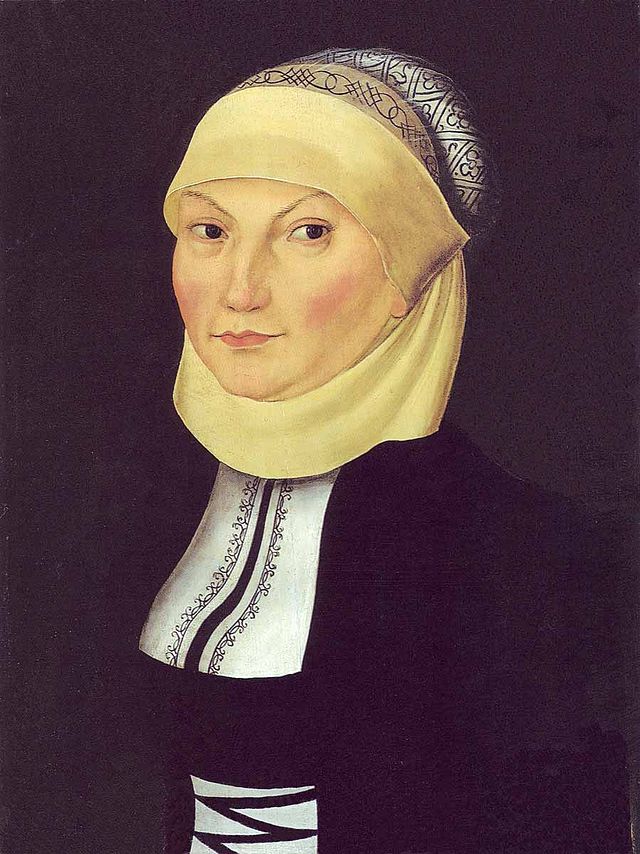
Katharina, the Former Nun
Katharina was the daughter of Saxon nobility.
She had entered a convent as a teenager, spending her youth in prayer and silence.
But inspired by Luther’s ideas, she escaped with fellow nuns—an act considered a grave betrayal of faith at the time.
Some of the women remarried or found work,
but Katharina alone insisted: “I want to marry Luther.”
Her strength of will, her piety, and her intellect gradually won him over.
Marriage as an Act of Faith
In 1525, Luther and Katharina were wed.
He was 41; she was 26.
Their union shocked the world.
It was seen as a symbolic moment in the Reformation itself.
Luther later said,
“I did not marry out of love, but because I wished to serve God through marriage.”
Yet their life together was warm, deeply human, and filled with trust.
Katharina was a skilled housekeeper, a wise mother, and a steadfast partner in Luther’s spiritual and intellectual life.
She prepared his meals, nursed him through illness, even organized his study.
In letters, Luther affectionately called her “My Queen of Hearts,” “My Rose of the Garden,” “My Star,” and “Dear Kättie.”
The playfulness of his words revealed both love and a shy tenderness.
He wrote:
“My dear Käthe, not a night passes without thoughts of you.”
“With you beside me, I can endure the chaos of this world.”
Even while waging a theological battle, Luther returned home to write love letters—quietly, faithfully.
Between the Sacred and the Secular
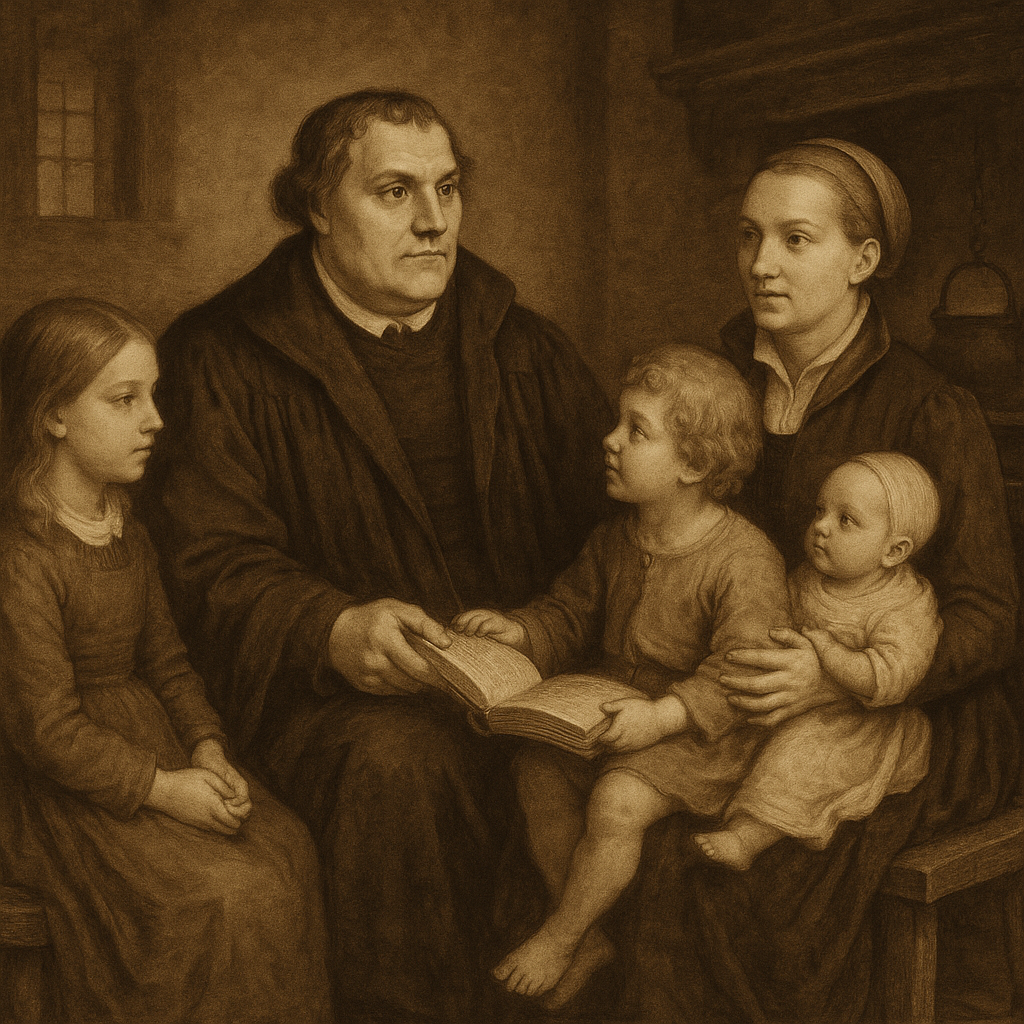
Tensions and Devotion in Marriage
Of course, not everything was easy.
Luther often buried himself in theology and neglected family life.
The patriarchal values of the time also caused tension—Katharina may have felt unfulfilled at times.
But Luther, though blunt at times, tried to be sincere.
He once told a friend,
“It is no shame for a man to bow before his wife.”
He also remarked,
“Pleasing one’s wife requires more wisdom than all of theology.”
This wasn’t just humor—it was his truth.
On marital harmony, he wrote:
“Respect, patience, and prayer.”
To serve his wife as he served God—
That was where faith and daily life met.
The couple had six children.
Luther, a devoted father, said:
“When I play with my children, I feel closest to God.”
Prayer and parenting.
Doctrine and affection.
He struggled to balance both—and in that, he feels close to us even now.
Love as an Act of Faith

What He Saw at the End of Life
In his later years, Luther was plagued by illness and anxiety,
but he continued studying scripture until the end, surrounded by family.
On his deathbed, the last hand he held, the last words he spoke, were to Katharina:
“Käthe, I thank God for the time I spent with you.”
The man who gave his life to God’s Word
gave his final thanks to one woman.
In that moment, the divide between faith and love seemed to dissolve.
To Luther, love was not passion,
but presence.
Not desire,
but devotion.
It was a kind of prayer.
After his death, Katharina is said to have whispered:
“I served him. I gave everything. Now I live in the fragrance he left behind.”
Her words echo with quiet grief,
marking the end of a life—and a love.
What Does Faithful Love Look Like to You?
Luther’s view of love transcends time and religion.
It leaves us with a question:
What does it mean to love?
What does it mean to believe?
Even as we stumble through longing and doubt,
to choose to live with another
is, perhaps, a form of faith.
So tell me—
What shape does faithful love take,
for you?



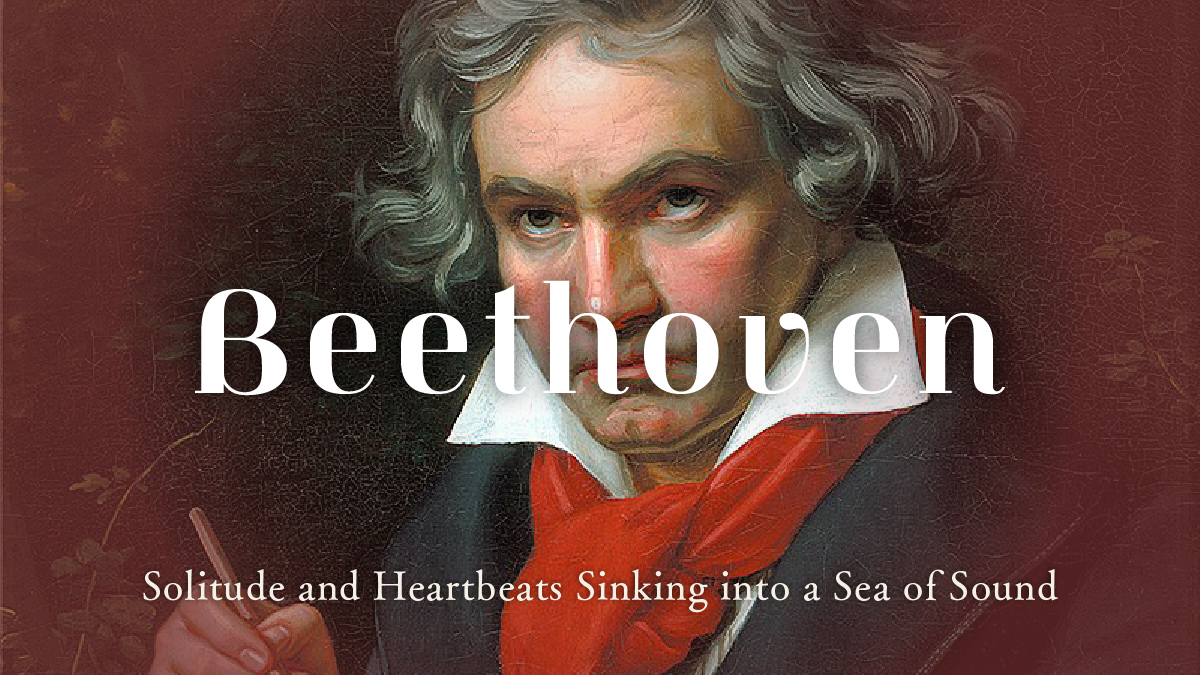
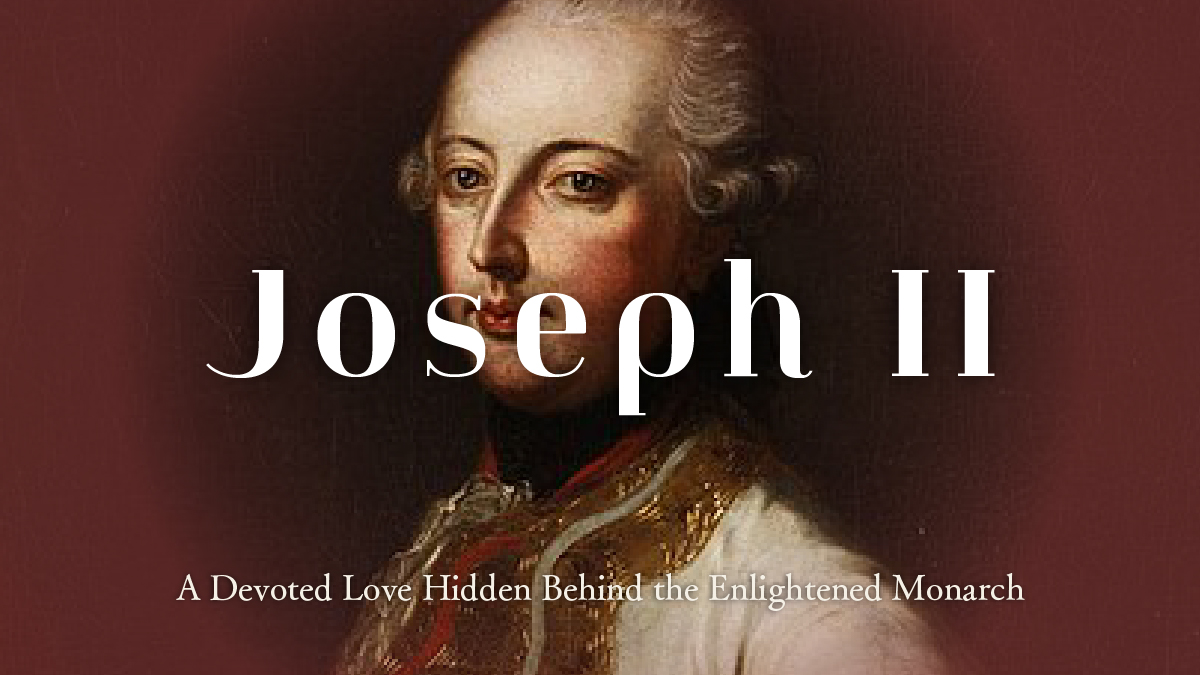


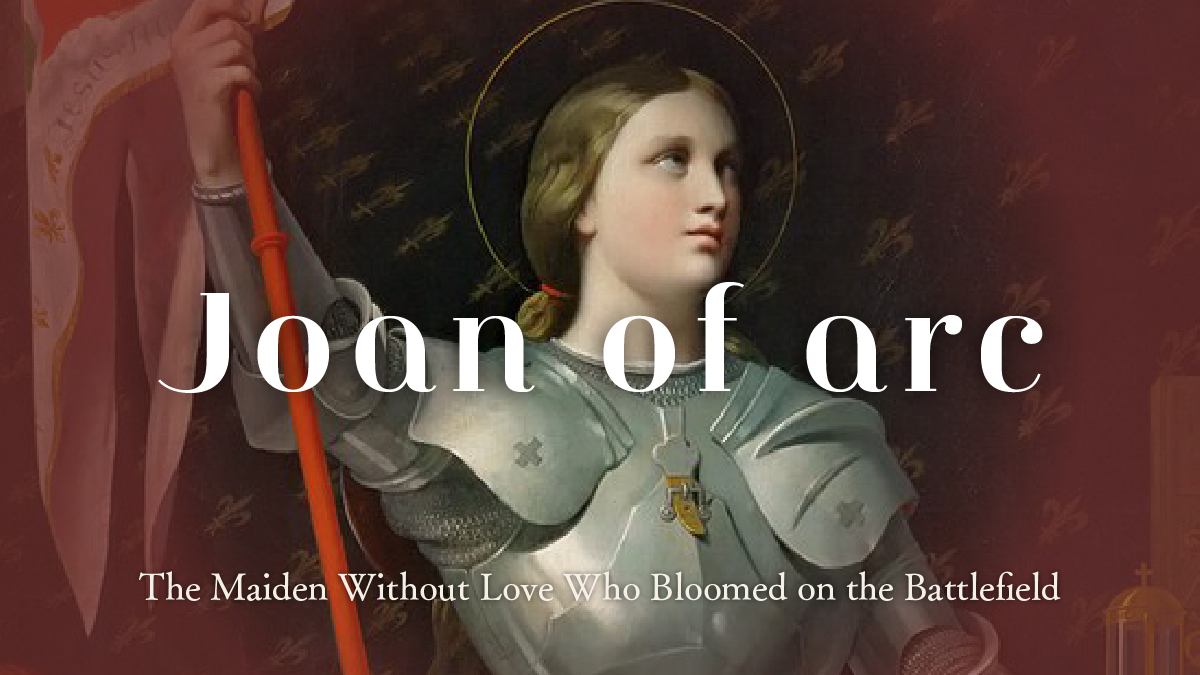

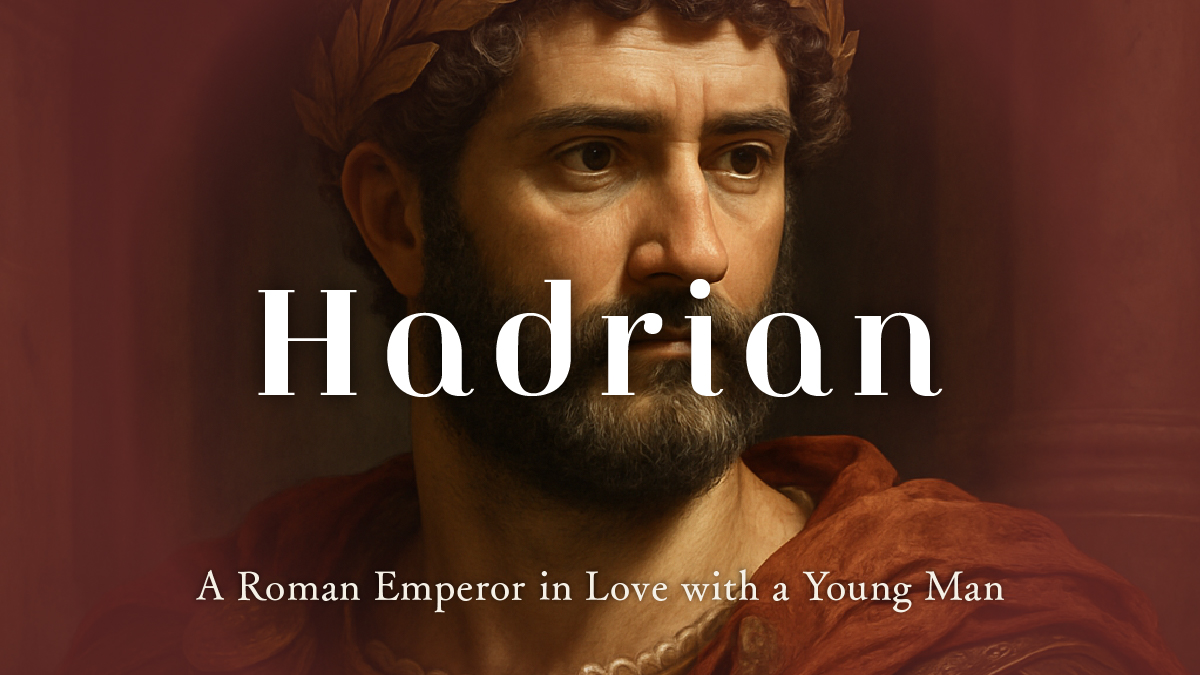
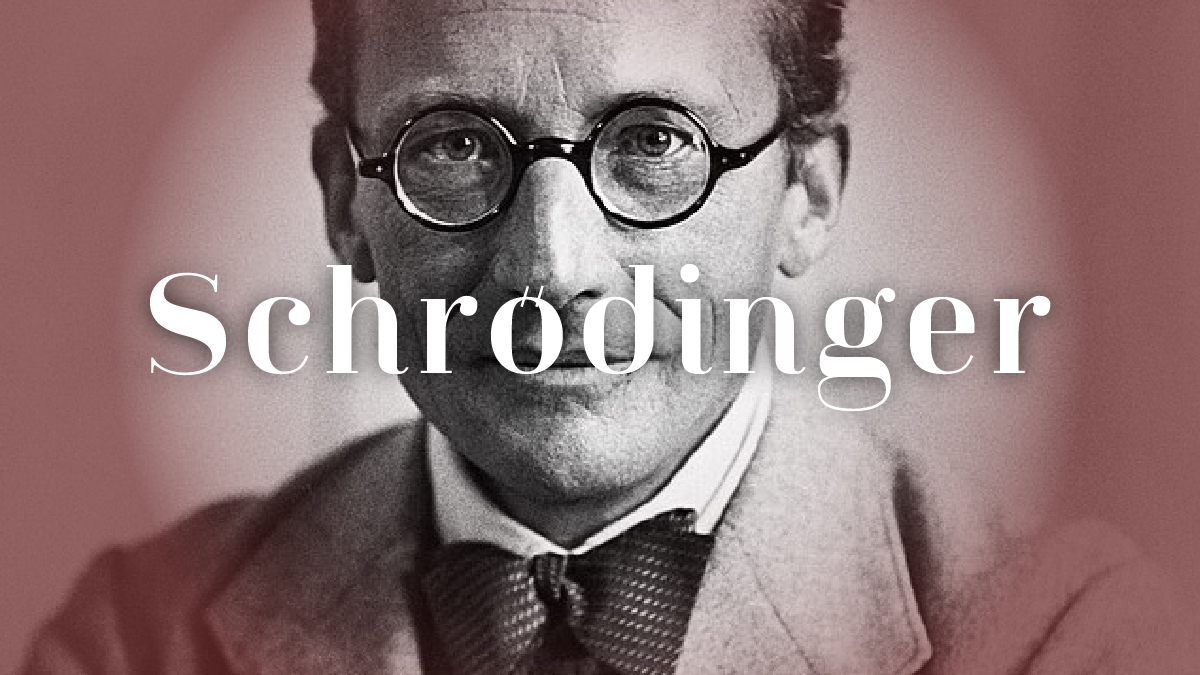

 日本語
日本語



